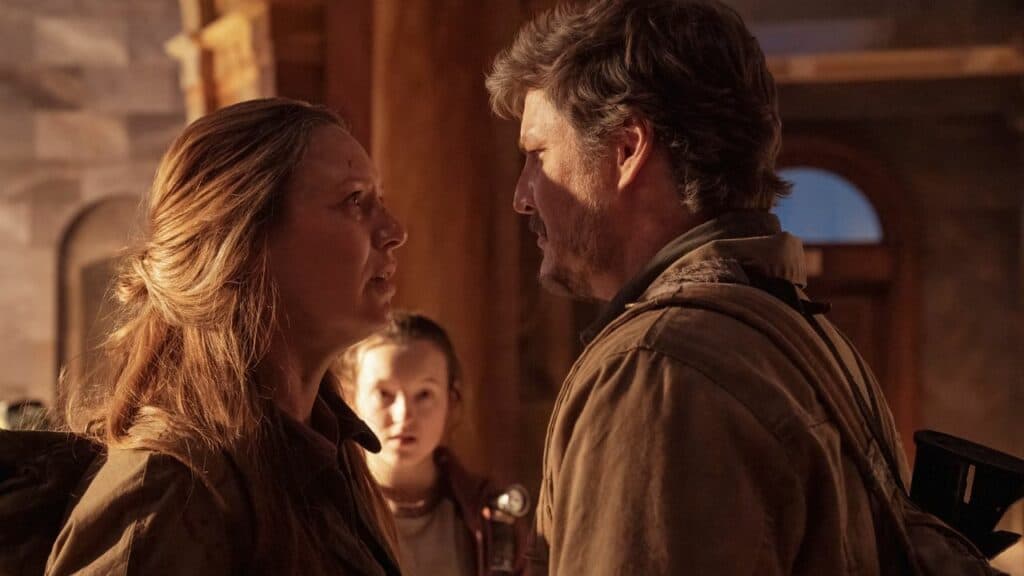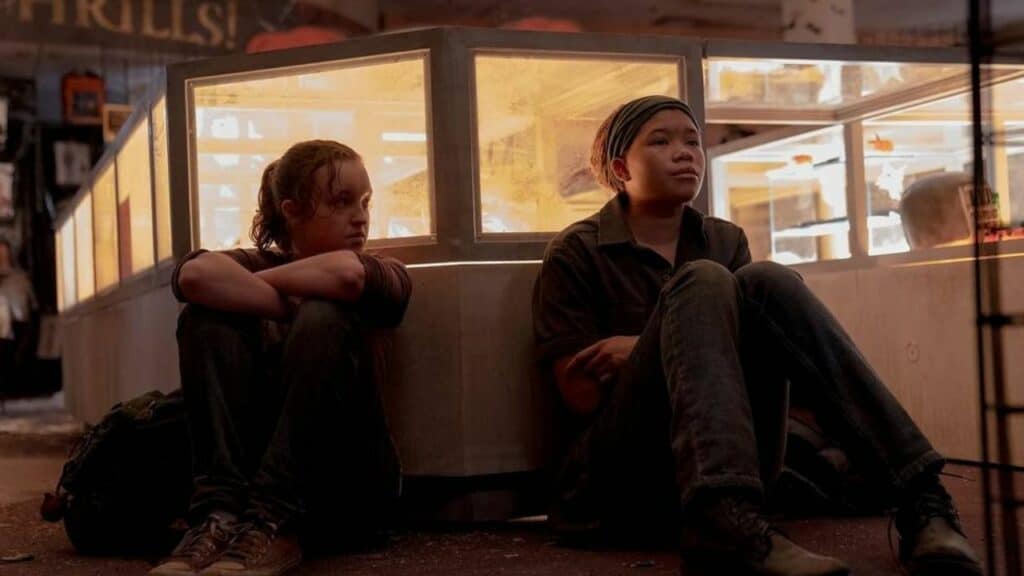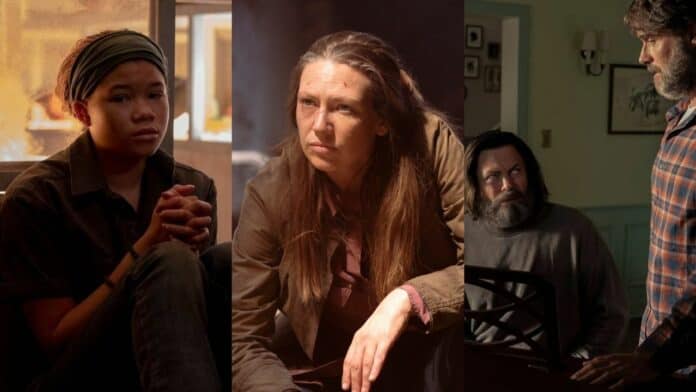In the rich narrative landscape of HBO’s The Last of Us, the secondary characters play a pivotal role in deepening the story and enhancing the world-building.
Beyond Joel and Ellie, the series is populated with a diverse cast of secondary characters, each contributing significantly to the show’s thematic depth and emotional resonance.
This article examines the crucial roles these characters play and how they enrich the narrative.
Enriching the story’s depth
Secondary characters in The Last of Us serve to expand the narrative beyond the central journey of Joel and Ellie.
Characters such as Tess, a hardened survivor and Joel’s partner, introduce viewers to the realities of living in a post-apocalyptic world.

Tess’s pragmatism and tough exterior provide a contrast to Joel’s more emotionally driven decisions, illustrating the varied ways individuals adapt to a world in chaos.
Her ultimate sacrifice sets a precedent for the story’s tone, highlighting the constant presence of danger and the complexities of survival.
Reflecting the world’s diversity
The series also shines in its portrayal of the diversity of human experiences through its secondary characters.
Bill and Frank, for instance, offer a glimpse into a life of relative isolation and the possibility of finding love in a desolate world.
Their story, though brief, adds layers to the narrative, showcasing the varied human responses to the collapse of civilization.
It also provides a poignant commentary on the importance of companionship and the different forms of relationships that can exist in such a harsh environment.
Moral complexity and conflict
Secondary characters in The Last of Us often embody the moral ambiguity that is a central theme of the series.
Characters like Marlene, the leader of the Fireflies, introduce complex moral dilemmas. Her determination to find a cure at any cost, including sacrificing Ellie, forces both the main characters and the audience to grapple with difficult ethical questions.
This moral complexity is what elevates the narrative, making it not just a tale of survival but a contemplation on the nature of humanity.
Driving character development
The interactions with secondary characters are instrumental in driving the development of Joel and Ellie.
For example, the relationship between Ellie and Riley, explored in flashbacks, is key to understanding Ellie’s character and motivations.

Riley’s influence on Ellie and the tragedy of her loss play a significant role in shaping Ellie’s perspective on life and relationships.
Similarly, Joel’s interactions with characters like Tommy, his brother, offer insight into Joel’s past and his evolution from a bereaved father to a hardened survivor.
Conclusion: The tapestry of The Last of Us
In conclusion, the secondary characters in The Last of Us are far from mere supporting roles; they are integral to the fabric of the story.
They provide depth, complexity, and a broader perspective on the series’ post-apocalyptic world.
Through these characters, the show explores various aspects of human nature, from love and sacrifice to survival and morality, making The Last of Us a rich and emotionally engaging narrative experience.
Also Read: Understanding the complex villains of The Last of Us

